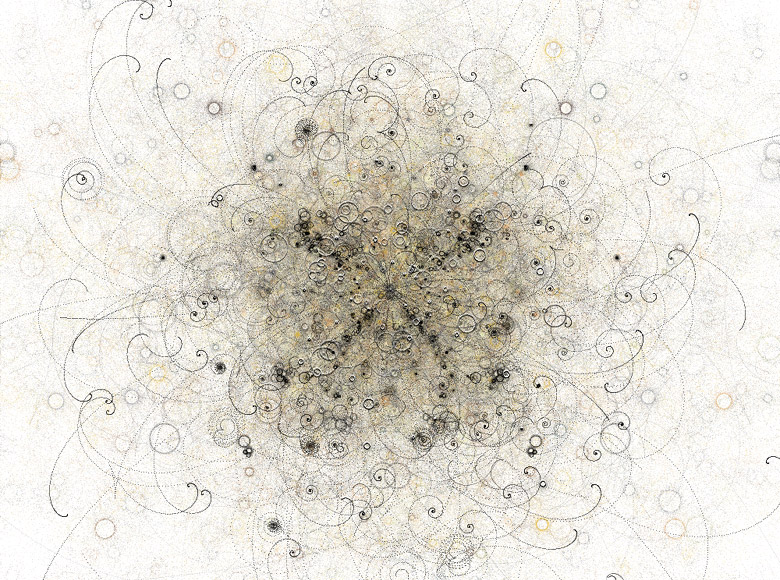 |
| |

processing 0067 november, 2003 j.tarbell |
| |
| |
 |
| |
 |
 |
 |
 |
|
| |
200 x 200 pixels
100 particles
|
400 x 400 pixels
250 particles
|
600 x 600 pixels
1 ,000 particles
|
1000 x 1000 pixels
4200 particles
|
|
 |
|
| |
The Bubble Chamber is a generative painting system
of imaginary colliding particles. A single super-massive collision
produces a discrete universe of four particle types. Particles draw
their positions over time as pixel exposures.
This project was created for a November 2003 exhibition within the
Proccessing gallery.
This online exhibit features a collection of inspiring works demonstrating
the awesome powers of the Processing environment, created by Casey
Reas and Ben Fry.
|
|
| |
 |
 |
 |
 |
 |
 |
 |
 |
 |
 |
 |
 |
 |
 |
 |
 |
 |
 |
 |
 |
 |
 |
 |
 |
 |
 |
 |
 |
 |
 |
 |
 |
 |
 |
 |
 |
 |
 |
 |
 |
 |
 |
 |
 |
 |
 |
 |
 |
 |
 |
 |
 |
| UNIV00 .. UNIV51 Previously
generated collision events by the programmer |
|
| |

TIMELAPSE Time lapse
of collision event (10 minutes, discontinuous sequence). |
| |
| |

A0000 Strange desaturation
event |
| |
Four types of particles exist. The behavior and
graphic appearance of each particle type is unique. A more complete
description can be found in the particle classes located within the
source code.
No simulation of quantum phenomena is being attempted here. The particle
names have been borrowed to ease personalization of the objects.
|
|
| |
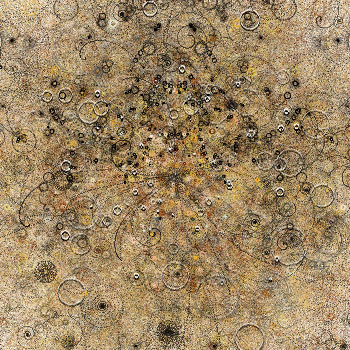
C0000 Collision
site detail
|
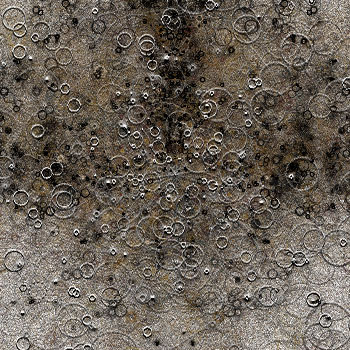
C0001 Collision
site detail |
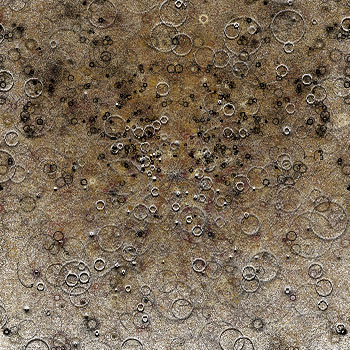
C0002 Collision
site detail, 5 minute exposure |
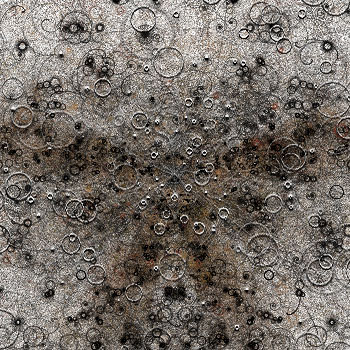
C0003 Collision
site detail, 5 minute exposure |
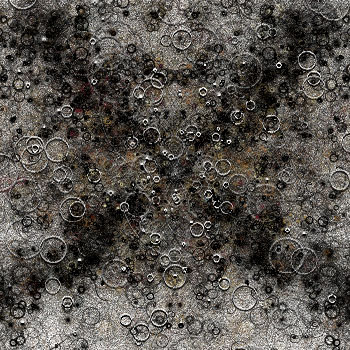
C0004 Collision
site detail, 5 minute exposure |
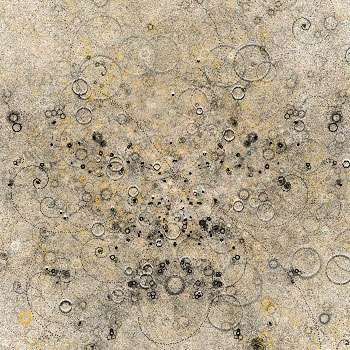
C0005 Collision
site detail, 5 minute exposure |
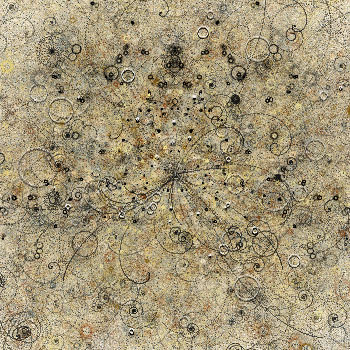
C0006 Collision
site detail, 5 minute exposure |
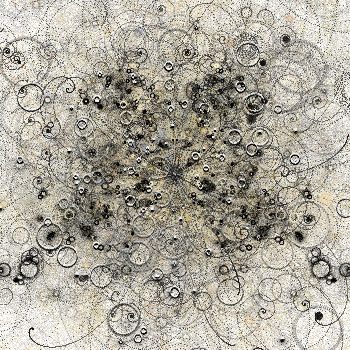
C0007 Collision
site detail, 5 minute exposure |
|
| |
| Each collision event contains approximately 216
random calculations and over 1 billion pixels of information. This
potent combination reveals a system with a lifetime of variation.
Every collision creates an entirely unique rendering. |
|
| |
| |


